From a sudden coffee spill to a quick tidy-up in a quiet house, there are plenty of times when cleaning a carpet by hand is simply the smarter choice. Maybe you've just moved in, are tackling a spot in the car, or just prefer a simple, power-free solution.
Seeing that spot on the carpet can be discouraging, but don't worry, as a sparkling clean floor is easier to achieve than you might think. In fact, learning how to clean a carpet without a vacuum is surprisingly straightforward.
This guide will walk you through five practical methods, but they all rely on a crucial first step. So, before we dive in, let's talk about pre-cleaning.

Pre-Cleaning: The Crucial First Step
A few moments of preparation are essential for efficient cleaning. This starts with settling the age-old cleaning debate: dust first or vacuum first?
The answer is always to dust first; this keeps loose particles from falling onto freshly cleaned floors and saves you from cleaning twice.
Then, clear the area of small items and do a quick check for any large debris you can remove by hand. That's it — now you're ready to grab your tools and get to work.
It's time to gather your supplies. Having everything on hand makes the process much smoother.
Depending on the methods you plan to use, you'll likely need:
- A stiff-bristled brush for durable, low-pile carpets.
- A soft-bristled or rubber brush for more delicate, high-pile carpets.
- A dustpan to easily collect debris.
- Two buckets, several clean cloths, and absorbent towels (especially for stain removal and deep cleaning later on).
Pro-Tip for Pet Owners: If you have pets, this is the perfect time to tackle stubborn pet hair. Put on a pair of rubber gloves and wipe your hands across the carpet surface; you'll be amazed at how the hair clumps together for easy removal. A window squeegee dragged across the carpet works wonders, too.
With your space prepped and your tools at the ready, let's begin with the simplest tool-based approach.

Method 1: The Classic Carpet Sweeper
For those wondering about the sweeper vs vacuum debate, a mechanical sweeper is the vacuum's quiet, powerless cousin. This lightweight tool uses the motion of its wheels to power rotating brushes, which flick crumbs, hair, and surface debris into an internal bin.
To get the most out of your sweeper, make overlapping passes in multiple directions, much like mowing a lawn. This helps lift debris from carpet fibers more effectively.
And remember to empty the dustbin frequently, as performance decreases when it gets full.
But what if you don't own a carpet sweeper and need a solution with tools you definitely have on hand? Go on with Method 2.
Method 2: The Back-to-Basics Brush & Dustpan
This is how to clean carpet at home the old-fashioned way. The key is choosing the right brush.
For low-pile or looped carpets, a stiff-bristle utility or deck brush works best.
For plusher, high-pile carpets, use a rubber brush or one with more flexible bristles to effectively pull out debris without snagging and damaging the delicate fibers.
Make sure to work in small sections, using short, firm strokes to pull everything into a pile, then sweep it up with a dustpan.
This method is excellent for removing visible debris, but what about odors that have settled deep into the fibers? For that, we turn to a kitchen pantry staple.

Method 3: Deodorize and Refresh with Baking Soda
Baking soda offers an elegant and effective solution for stale odors.
Baking soda must be a dry powder, sprinkled directly and evenly onto the carpet. Do not add water or make it wet.
This method works by using the absorbing power of dry baking soda. Its dry particles penetrate deep into the carpet fibers and neutralize bad smells by converting them into harmless substances that don't have a smell.
If you mix the baking soda with water, it forms a paste. The paste won't absorb odors well and can dry into a hard crust on your carpet, creating a new mess to clean up.
To make the application easier and more effective, use a flour sifter or a shaker jar to distribute the powder. You can even mix in a few drops of essential oil, like lavender or lemon, for a pleasant scent.
Once your soda is ready, follow these simple steps:
- Sprinkle: Distribute a light, even layer of your baking soda mixture over the carpet.
- Brush: Use a dry brush to gently work the powder into the fibers.
- Wait: Let it sit for at least 30 minutes, or overnight for tougher odors.
- Sweep: Thoroughly sweep up all the powder using the brush and dustpan method.
Tip: Test baking soda on a small, hidden spot on colored carpets first. If it clumps, it becomes harder to remove.
Now that your carpet is generally clean and deodorized, it's time to deal with any specific, unsightly spots. After all, a single dark stain can ruin the look of an otherwise clean room.

Method 4: Targeted Stain and Spot Removal
When it comes to how to clean carpet stains, speed and the right technique are everything. The golden rules are:
- Always blot, never rub.
- Always test any cleaning solution on an inconspicuous area first.
Here's how to tackle some of the most common spills:
For Coffee or Tea Stains
Immediately blot the fresh spill with a dry cloth to absorb as much as possible. Then, lightly spray a solution of equal parts white vinegar and water onto a new, clean cloth and continue to blot until the stain lifts.
For Red Wine Spills
This is a code-red situation. After blotting, generously cover the entire stain with salt or baking soda. Let it sit for at least an hour to draw the wine out of the fibers. Once dry, brush or sweep away the salt and treat any remaining discoloration with the vinegar solution.
For Grease or Oil Stains
Do not use water first! Scrape off any excess solids. Sprinkle the spot with cornstarch or baking soda to absorb the oil; let it sit for an hour, then sweep it up. Apply a drop of grease-fighting dish soap to a damp cloth and gently blot the remaining spot.
For Pet Accidents
After blotting up as much liquid as possible, spray the area with a 50/50 solution of white vinegar and water to help neutralize the ammonia odor. For best results, investing in a store-bought enzymatic cleaner is highly recommended, as it uses enzymes to break down the organic proteins that cause stains and lingering smells.
Spot cleaning is perfect for isolated accidents. But if the entire carpet is uniformly dirty from heavy foot traffic, you'll need a more comprehensive approach for a deep clean.

Method 5: A Damp-Scrub for a Deeper Clean
This method offers the best way to clean carpet manually for a truly deep clean.
But please pay attention: Before you begin, ensure you have excellent ventilation with open windows or a fan, as the carpet must dry completely within 24 hours to prevent any chance of mildew.
And use a two-bucket system: Fill one bucket with your cleaning solution (a small amount of carpet shampoo in warm water) and the second with clean rinse water.
The tools you'll need:
- Two buckets
- A stiff-bristled brush
- Several clean cloths & absorbent towels
- Carpet shampoo
- Rubber gloves (to protect your hands)
- A fan / a dehumidifier (highly recommended)
Then follow these three steps:
- Scrub: Dip a stiff brush in the cleaning solution, tap off excess liquid, and scrub a small section of carpet.
- Rinse: Dunk a clean cloth in the rinse water bucket, wring it out thoroughly, and wipe the scrubbed area to remove soap residue. Soap left behind can attract more dirt.
- Dry: Press dry towels firmly into the carpet to absorb as much moisture as possible. Use fans or a dehumidifier, if you have one, to speed up the drying process significantly.
Summary: Which No-Vacuum Method is Right for You?
| Method | Best For | Effort / Time | Tools Needed |
|---|---|---|---|
| Method 1: Sweeper | Daily touch-ups, surface crumbs, hair | Low / Fast | Mechanical Sweeper |
| Method 2: Brush & Dustpan | General surface cleaning, dust removal | Medium / Medium | Stiff/Rubber Brush, Dustpan |
| Method 3: Baking Soda | Deodorizing, freshening, lifting light dirt | Medium / Slow (due to wait time) | Baking Soda, Brush, Dustpan |
| Method 4: Spot Cleaning | Removing specific spills and stains | Low / Fast (per stain) | Cloths, various household items |
| Method 5: Damp Scrub | Deep cleaning heavily soiled carpets | High / Slow (plus drying time) | 2 Buckets, Brush, Cloths, Towels |
As you can see, each manual method has its place, but they all share one thing in common: they require your time and physical effort. So, after learning all these techniques, you might be asking.
What is The Best Way to Clean Carpet Without a Vacuum?
The honest answer is: it depends entirely on your situation. Here's a guide to help you choose the right path.
Try Manual Methods for Light Cleaning
For everyday spills, general freshening up, or tackling light dirt in a small area, the manual methods we've covered are fantastic. They are cost-effective and get the job done without any special machinery. Be prepared for some "elbow grease," as these techniques rely on your time and effort, but for light maintenance, they are often all you need.
Remove Pet Hair the Easy Way
Before you spend hours with a stiff brush trying to remove stubborn pet hair, try this incredible trick. Put on a pair of standard rubber cleaning gloves, and simply wipe your hands across the carpet. The friction will cause the hair to magically clump together into balls that you can easily pick up. A window squeegee dragged across the carpet produces a similar, amazing result.
When to Upgrade to a Vacuum for Deep Cleaning
While manual methods are incredibly useful, they can't fully replicate the deep-cleaning power and convenience of modern technology. Scrubbing by hand works, but if you have kids, pets, or allergy sufferers, a vacuum designed for carpets can save hours. For a home that demands a higher level of hygiene and effortless maintenance, investing in an advanced cleaning tool is the best long-term solution.
With the Dreame Z30 cordless vacuum, for instance, you can use powerful suction (reaching up to 310AW) to pull debris from deep within the carpet fibers. Its anti-tangle brush head is engineered to handle long hair and pet hair with ease, and it is lightweight enough for daily use without fuss.
For the ultimate in effortless living, use the Dreame X50 Ultra robot vacuum and mop, the pinnacle of cleaning automation. Its intelligent navigation and self-maintaining features mean your carpets are consistently cleaned to a high standard without you ever having to lift a finger. This reclaims your time for the things that matter most.
Conclusion
While these five manual methods prove that a clean carpet is achievable without a vacuum, they also highlight the value of your time and effort. When you're ready to reclaim that time with a deeper, more effortless clean, Dreame's intelligent engineering provides the ultimate upgrade—turning a household chore into the simple comfort of a pristine home.

















































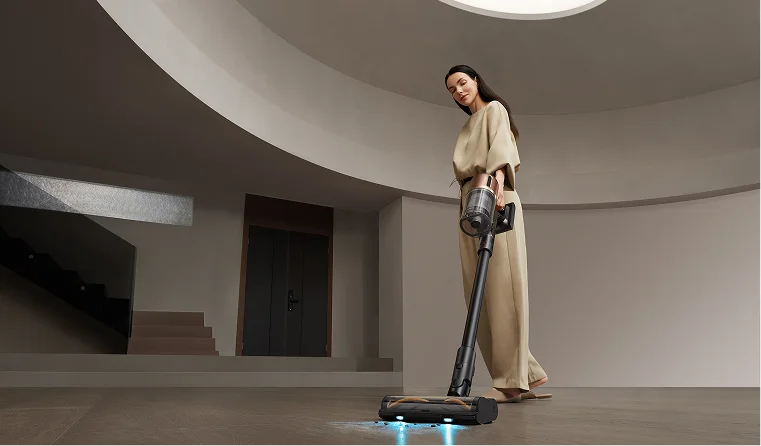
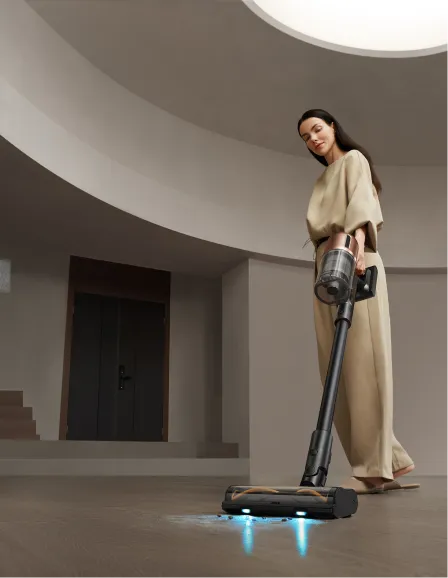
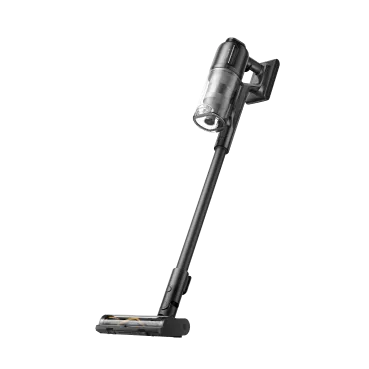
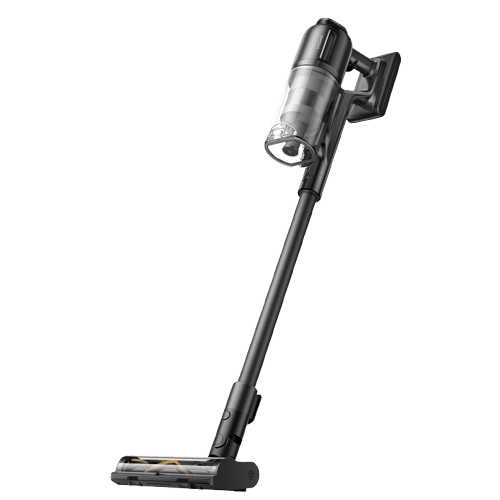
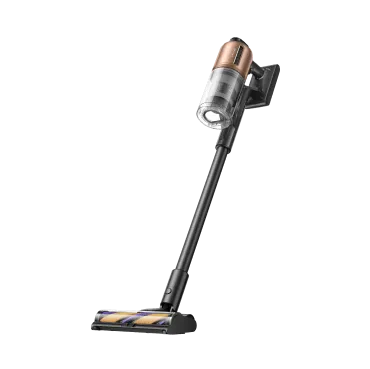
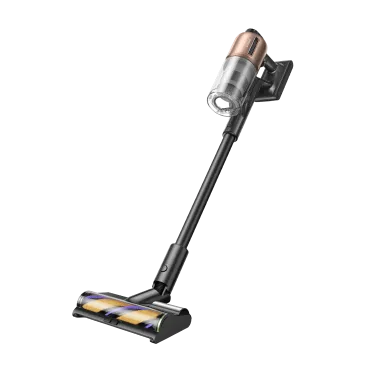
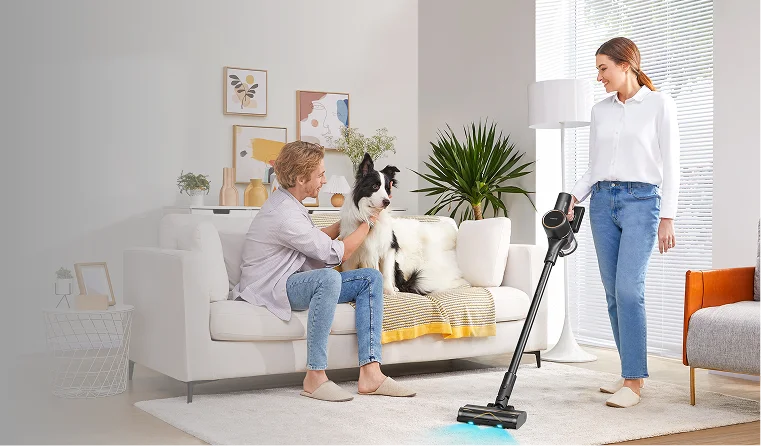
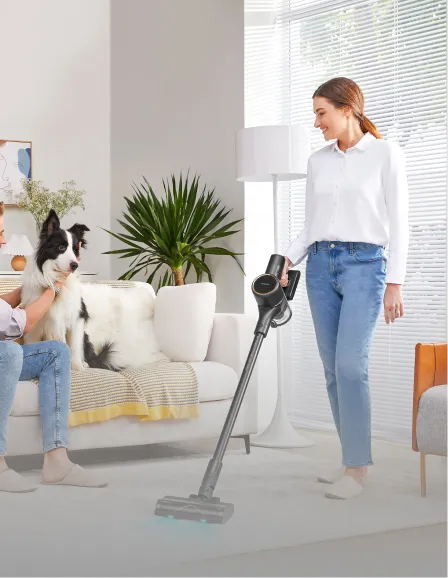
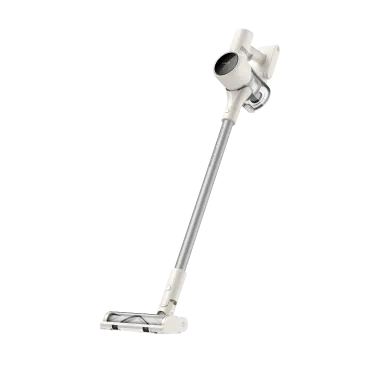
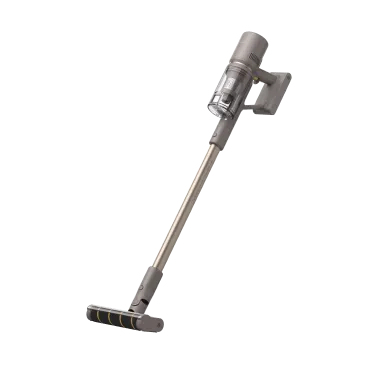
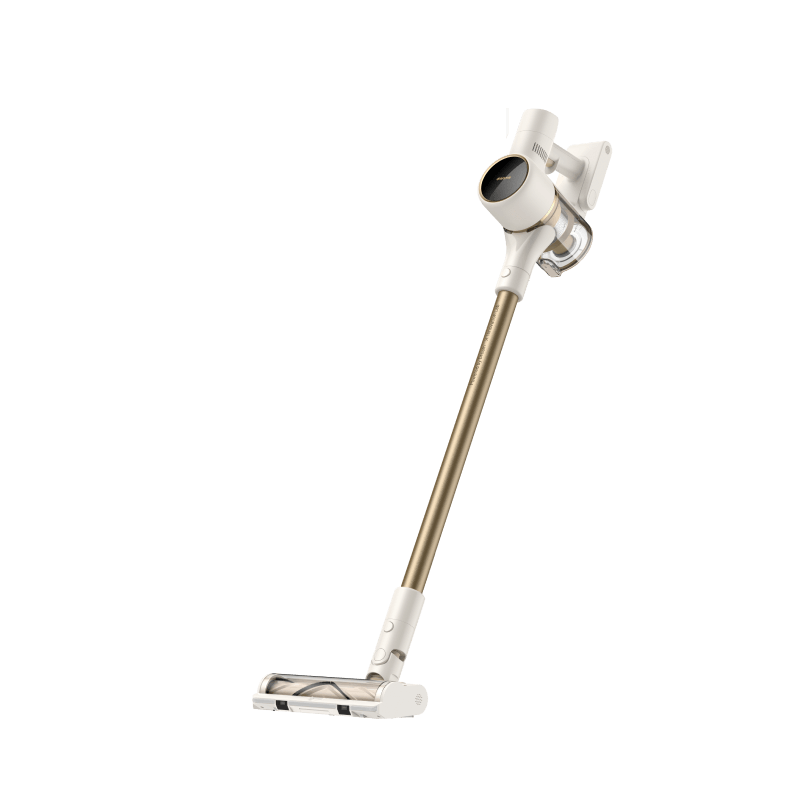
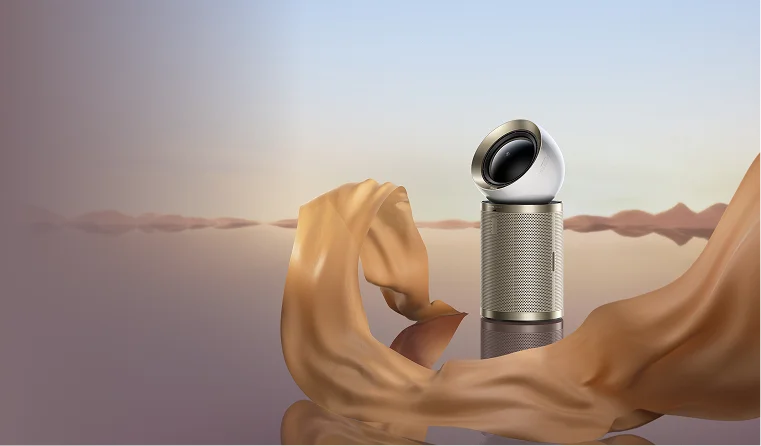
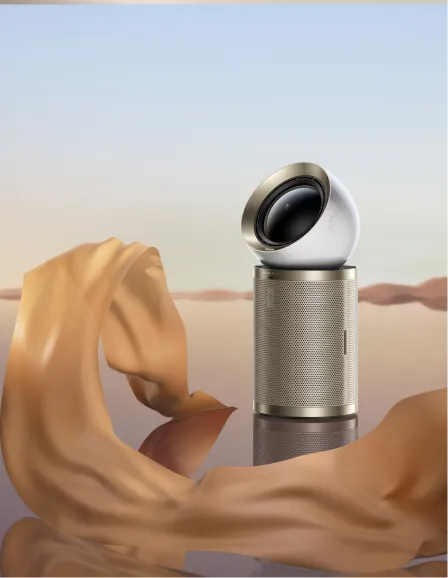

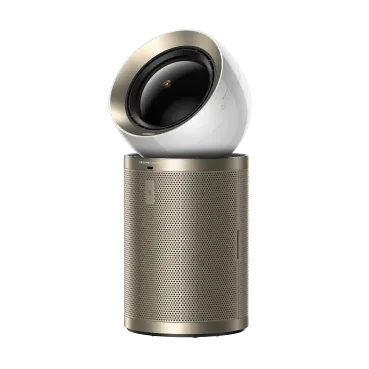
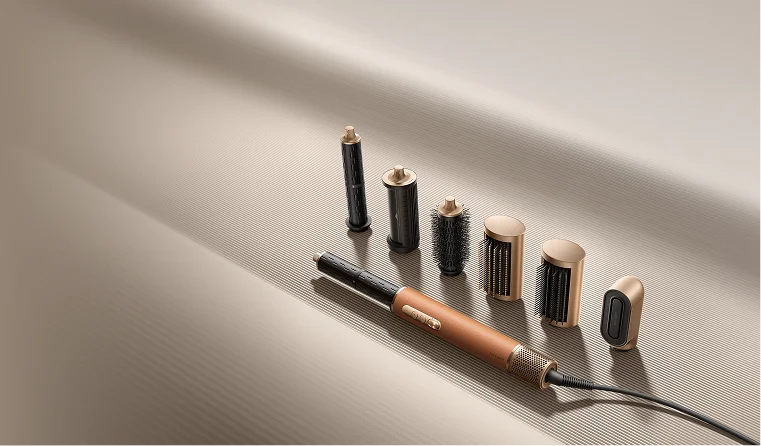
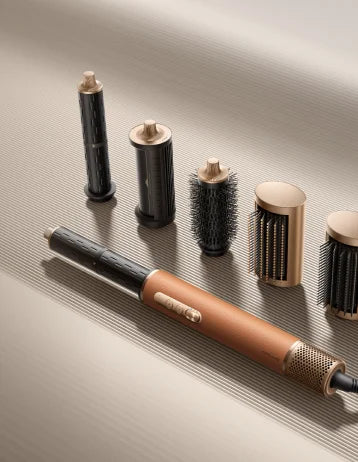
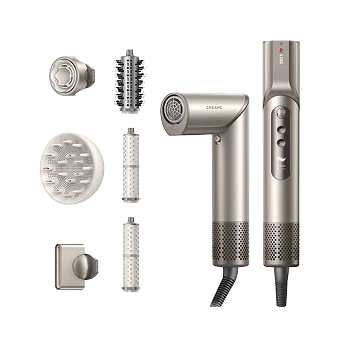


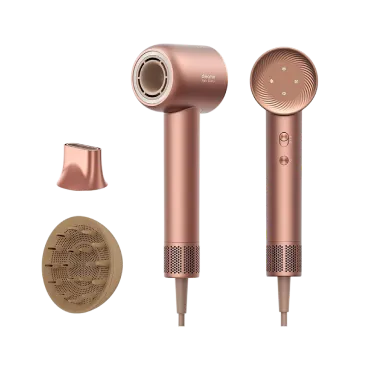
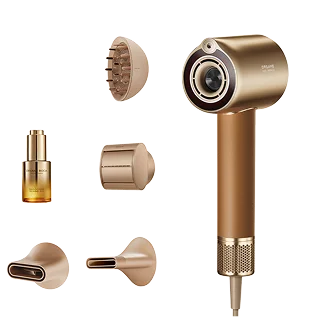
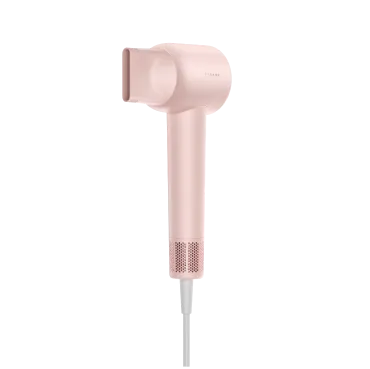


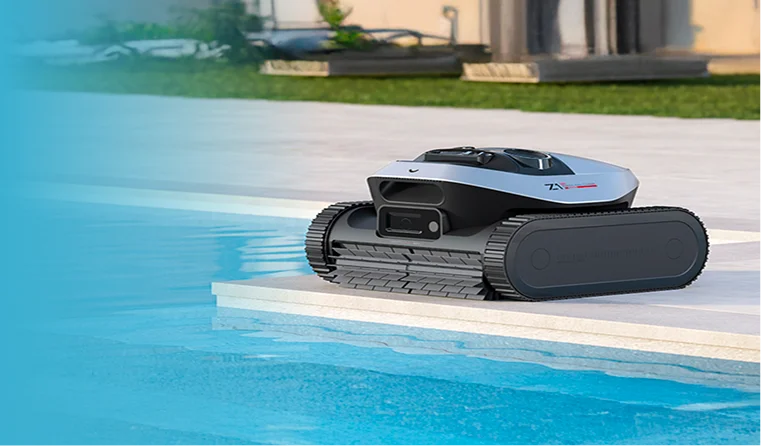
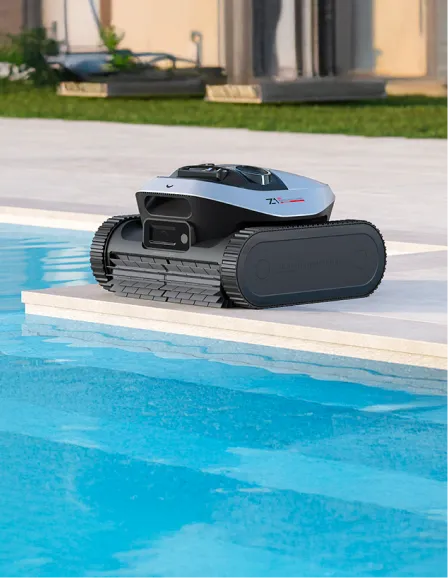
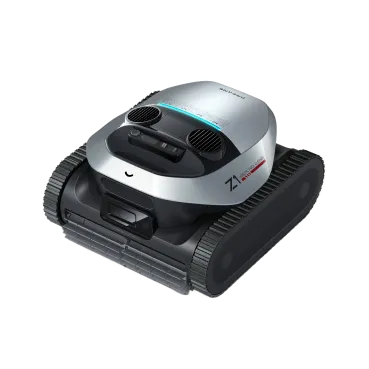
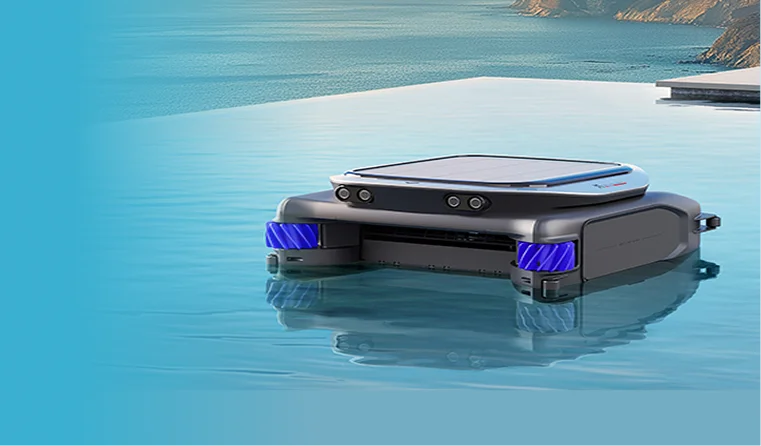
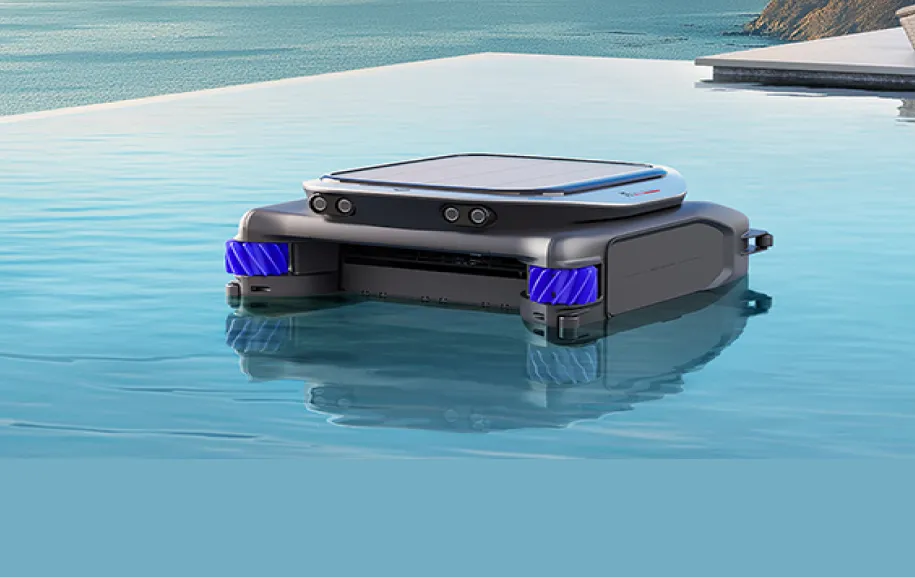










 Australia
Australia 中国大陆
中国大陆 日本
日本


 Türkiye
Türkiye


 Italia
Italia
 Netherlands
Netherlands Belgium
Belgium
 Greece
Greece Polska
Polska
 Norway
Norway
 Sweden
Sweden
 Finland
Finland
 Denmark
Denmark
 Hungary
Hungary Czechia
Czechia
 Slovenia
Slovenia
 Croatia
Croatia
 Switzerland
Switzerland United Kingdom
United Kingdom
 Canada
Canada


